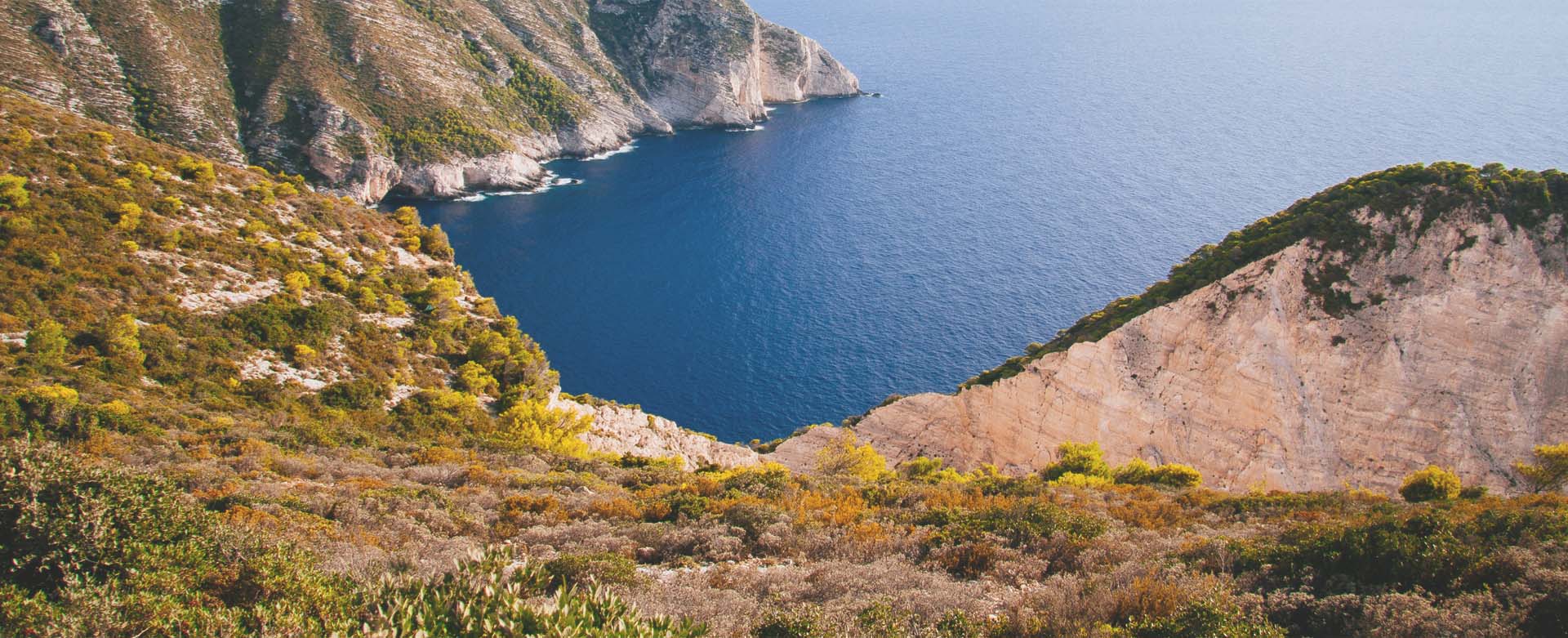Singapore og de 63 øyene
13.06.2015 16:59
Singapore og de 63 øyene
Singapore består i dag av 63 øyer, og de fyller tilstadighet ut nye sjøområder for å utøke landarealet:
"Landgjenvinning har øket Singapores areal fra 581 km² i 1960-årene til dagens 705 km². Det er planlagt at Singapore skal vokse med nye 100 km² frem til 2030 . Noen av prosjektene innebærer å fylle igjen for å slå sammen mindre øyer for å skape større øyer."
Jurong Island
Chinese Garden
Coral Island
Paradise Island
Pearl Island
Pulau Punggol Barat
Pulau Punggol Timor
Japanese Garden
Sandy Island
Treasure Island
Pulau Merlion
Jurong Island
En av de kunstige øyene, Jurong, besto opprinnelig av 7 mindre øyer. Disse øyene ble forbundet med hverandre ved å demme opp sjøarealene mellom den, dette kalles land fill og er ikke det samme som landfill. Dette arbeidet var ferdig i 2009, 20 år før planlagt ferdigstillelse. I 2010 ble også Pulau Buaya tilknyttet Jurong ved å fylle opp sjøområdene mellom øyene. Årsaken til at dette arbeidet ble utført var at 3 store oljeselskaper ønsket dette landområdet som base:
"Between late-1960s and early-1970s, three big oil companies planned to house their facilities on Pulau Ayer Chawan for Esso, Pulau Merlimau for Singapore Refinery Company and Pulau Pesek for Mobil Oil."
"The Government of Singapore then took the opportunity to grow the petrochemical industry as a choice that would significantly produce economic growth. This was proven by the success of starting off the petroleum industries in the 1970s."
Lover for å beskytte forurensning av det marine miljøet
Landet har en lang kystlinje og mye nærgående skipstrafikk. Skipstrafikken har gjennom tidene ført til forurensninger og utslipp i kystområdene og derfor har de utarbeidet "Prevention of pollution of the sea act". Spesifikt nevnes:
"discharge" , in relation to harmful substances or effluents containing such substances, means any release howsoever caused from a ship, place or thing and includes any escape, disposal, spilling, leaking, pumping, emitting or emptying but does not include —
(a) release of harmful substances directly arising from the exploration, exploitation and associated off-shore processing of sea-bed mineral resources; or
(b) release of harmful substances for purposes of legitimate scientific research into pollution abatement or control;
Mineralutvinning på havbunnen
Singapore deltar også aktivt i mineralutvinning fra havbunnen:
"Both state-owned and government-sponsored companies from India, France, Russia, Germany, China, Singapore and the UK had sought permission for minerals prospecting in the high seas."
"By now the ISA has opened up a vast 1.2 million square kilometres of seabed—one-third the size of India—for exploration of mineral deposits under 26 licences issued since 2001."
"The ISA acknowledges mining as a threat to the fragile sea ecology, but is not ready with an environmental safeguard. The conditions and rules for mining have not been readied till now. A protocol to minimise the environmental impact is still being drawn up. Most explorations are taking place without environmental studies. The UK Seabed Resources has begun environmental assessment for its exploration and is still debating the technology for mining. Similarly, the Ocean Mineral Singapore is working with the ISA to finalise the terms of contract. It will work on the environmental assessments."
